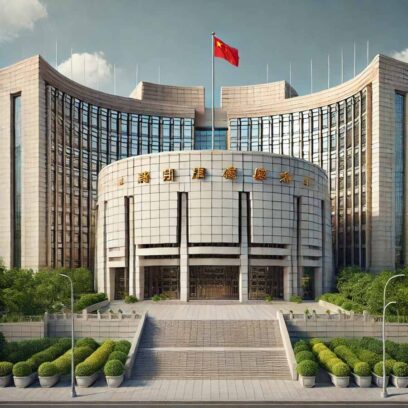A high-level committee has been tasked to review tariff relief on imports from the US, and is expected to submit its report by March 15, a government source told NDTV Profit.
The move comes ahead of US President Donald Trump’s plan to impose reciprocal tariffs on Indian exports to the nation by April 2.
The committee, under the Commerce Ministry, is expected to submit its findings to both the Ministry of Commerce and the Ministry of Finance.
The panel is essentially assessing the scope of possible tariff reductions and is tasked to recommend the best course of action. Its mandate is to closely examine imported goods and propose tariff adjustments, the abovementioned source said.
“The review will specifically look at tariffs that currently range between 15–20%, 50–70%, and 70–80%, and whether rate adjustment could be made in 8-digit code identifying specific product for custom purposes,” the person in the know explained.
In the Feb. 1 Union Budget, India cut duties on bourbon whisky from 150% to 100% and reduced tariffs on imports like fish hydrolysate, scrap materials, satellite equipment, ethernet switches, and motorcycles.
Once the committee submits its recommendations, any final decision on the tariff relief will need to be vetted by the Prime Minister’s Office before being implemented. This ensures that all policy changes are aligned with broader strategic and economic goals.
Policymakers are of view that India has been “extremely responsive” in addressing the perception that it imposes high tariffs on foreign goods.
Experts says that any such proactive stance reflects India’s desire to maintain a balanced and constructive trade relationship with the US while also safeguarding its own economic interests.
The review panel’s work will be crucial in determining India’s response to the US’s proposed tariffs. It is clear that India aims to make decisions that not only benefit its own industries but also prevent further trade disputes.
Meanwhile, the proposed trade agreement with the United States is currently in the works and is expected to be presented in the next 6–8 months. In a typical free trade agreement, both partners work to eliminate or significantly reduce customs duties on most of the goods exchanged between them. Additionally, they ease regulations to promote trade in services and foster investment.
During Prime Minister Narendra Modi’s recent visit to Washington, India and the US announced their goal to more than double bilateral trade to $500 billion by 2030. They also agreed to begin negotiations for the first phase of a mutually beneficial, multi-sector bilateral trade agreement, with a target completion by the fall of 2025.
. Read more on Economy & Finance by NDTV Profit.The panel’s mandate is to closely examine imported goods and propose tariff adjustments before Donald Trump’s promised reciprocal tariffs kick in. Read MoreEconomy & Finance, Notifications
NDTV Profit





